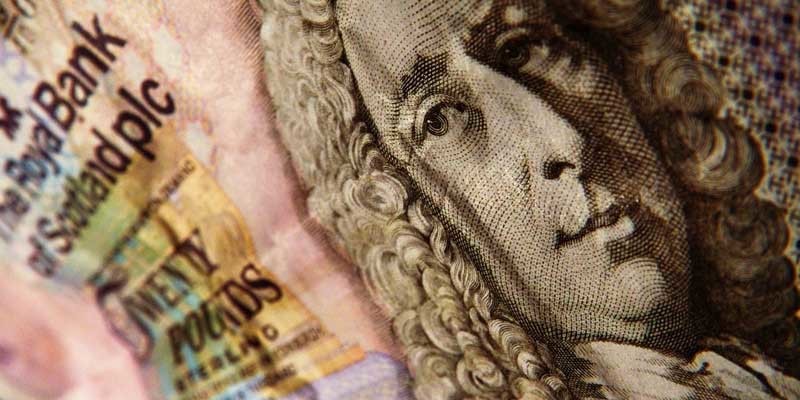The pay bill for NHS Tayside’s senior managers and other high-earning “non-clinical” staff has almost trebled in three years shooting up beyond £14 million. Fife’s bill has also escalated, although the region has far fewer high-earning employees than Tayside.
Across Scotland the ranks of managers and others classed as non-clinical earning over £50,000 a year, have been racked up since the SNP came to power at Holyrood a point highlighted by the Scottish Liberal Democrats. But the Scottish Government threw a smokescreen over the bid to show the hike in numbers of staff who are not involved in delivering direct care to patients.
The figures for employees earning more than £50,000 are published in health boards’ annual accounts under the headings “clinicians” and “other”. The Scottish Government said boards only count doctors and dentists as clinical staff and the ‘others’ earning more than £50,000 could include nurse specialists, nurse managers, psychologists, pharmacists and scientists.
The government challenged the figures highlighted by the Lib Dems and quoted directly from the annual accounts, suggesting it would be incorrect to say the “other” high earners did not include frontline staff.
In Tayside the number classed as other than clinicians earning over £50,000 was 83 in 2007, but this year the figure rose to 222. Their total salaries rose from £4.7 million in 2007 to £13.2 million this year.
In addition, there are seven executive members of the board of NHS Tayside who earn over £50,000. Those employees’ earnings add almost £1 million to the pay bill.
As previously revealed by The Courier, NHS Tayside’s highest-earning executive is the director of public health Dr Drew Walker, whose salary for the year to the end of March this year was over £180,000.
The salary of the health authority’s chief executive, Professor Tony Wells, for the same period was over £180,000.DramaticIn Fife there were 17 employees classed as other than clinicians earning over £50,000 in 2007, rising to 37 this year.
In Grampian a region often used as a comparison to Tayside due to size and spread of rural and city communities the figures were dramatic. The number of non clinicians earning over £50,000 has risen from 81 in 2007 to 394 this year. Their pay bill jumped from £4.5 million to £23.8 million.
The Scottish Liberal Democrats said NHS managers earning over £50,000 have trebled under the SNP. Scottish Lib Dem leader Tavish Scott challenged the First Minister to explain why senior non-clinician pay in health authorities across Scotland had increased so dramatically.
“Alex Salmond’s army of NHS managers earning more than £50,000 now numbers 1790,” said Mr Scott. “Pay is three times higher under the SNP and the number of non-clinicians in post has trebled.”CategoriesA Scottish Government spokeswoman said, “The statement issued by Tavish Scott about the numbers of non-clinicians employed by the NHS does not take into account the fact that health boards categorise many frontline jobs as non-clinical. Health boards only count doctors and dentists as clinical staff.
“Therefore nurse specialists, nurse managers, psychologists, pharmacists and scientists are labelled non-clinical managers by health boards.”
At the SNP conference in Perth earlier this month, Scottish health secretary Nicola Sturgeon said health boards would be expected to cut the numbers of managers earning over £50,000 by 25% over the lifetime of the next parliament. The cuts are expected to generate £25 million of savings by May 2015.
Photo courtesy of Stewart Lloyd-Jones.
